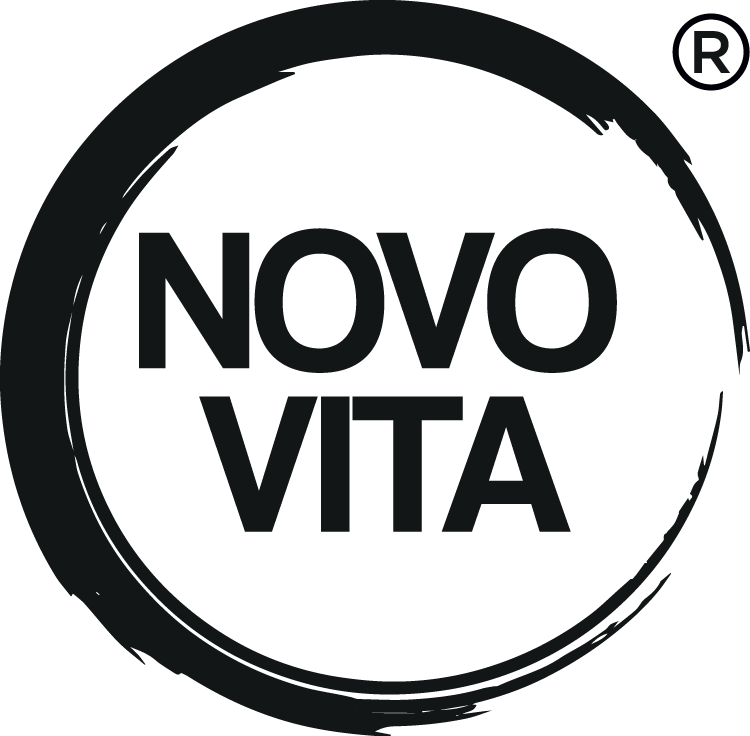There are two major types of fats saturated and unsaturated fats. Unsaturated fats can be divided into two main groups polyunsaturated fatty acids (PUFAs) and monounsaturated fats (MUFAs). The two major classes of polyunsaturated fats include omega-3 and omega-6 fatty acids, which can be naturally found in many plant-based and fish-based foods. These fatty acids are known as essential fatty acids, which your body needs for normal brain function and cell growth. As our bodies cannot naturally produce these fatty acids, we must ensure getting enough of them from the diet.
Omega-3
Omega-3 fatty acids consist of three main amino acids, alpha-linolenic acid (ALA), eicosapentaenoic acid (EPA), and docosahexaenoic acid (DHA). You can get Omega-3 from some plant-based and fish foods, fortified foods or take dietary supplements. For instance, ALA (alpha-linolenic acid) is highly prevalent in the Western diet and can be found in plant sources, such as vegetable oils, nuts, seeds, leafy vegetables. EPA and DHA are primarily found in high concentrations in cold-water fatty fish, such as salmon, tuna, mackerel, herring, sardines and shellfish. In fact, our body can convert both EPA and DHA forms from ALA. Still, because this conversion process is inefficient, it is crucial to ensure getting adequate amounts of EPA and DHA by eating a variety of foods or taking dietary supplements.
Did you know that: Fish don't produce omega-3 fatty acids on their own. They accumulate omega-3 in their tissues by consuming algae and phytoplankton.
How much of omega-3s do I need per day?
Experts have not established recommended amounts for omega-3 fatty acids; however, the WHO has set up the recommended minimum of 250–500 mg combined EPA and DHA each day for healthy adults. Although, people with certain health conditions, such as those with a higher risk of cardiovascular disease, are recommended to take higher dosages of omega-3.
Omega-3 food sources:
You can get adequate amounts of omega-3s by eating a variety of foods, including the following:
- Fish and other seafood (especially cold-water fatty fish, such as salmon, mackerel, tuna, herring, and sardines)
- Nuts and seeds (such as flaxseed, chia seeds, and walnuts)
- Plant oils (such as flaxseed oil, soybean oil, and canola oil)
- Fortified foods (such as certain brands of eggs, yoghurt, juices, milk, soy beverages)
What happens if I don't get enough omega-3s?
A deficiency of omega-3s can cause fatigue, rough, dry skin, mood swings, brittle nails and hair, inflammation, arthritis.
Benefits of omega-3
So what makes omega-3 fats special?
Omega-3 fats are an important component of the body cell membranes. Omega-3s also act as an energy source for our body and organs and perform many functions to keep the normal function of the heart, blood vessels, lungs, immune and endocrine systems.
Eye function
Furthermore, research studies have also shown that DHA has a well-established role in retinal function, meaning that adequate daily consumption of this fatty acid of 250mg daily can contribute to the maintenance of normal visual function.
Cognitive function
DHA has also been proven to play an important role in supporting normal cognitive function at any stage of life. The elderly population is recommended to ensure sufficient intake of omega-3 fats to reduce risks of cognitive function decline during ageing and help maintain normal mental and physical functions.
Heart health
The beneficial physiological effect of EPA and DHA on heart health refers to the significant reductions in triglyceride concentrations. Two systematic reviews addressed this effect, where substantial reductions in blood triglyceride concentrations were established after DHA supplementation at daily doses of 3-4 g. In contrast, lower doses of <2g didn't show significant changes.
Novo Vita Astaomega+
AstaOmega + is a fish oil dietary supplement with a highly concentrated content of the healthy Omega-3 fatty acids EPA and DHA.
AstaOmega + is a highly concentrated and pure fish oil derived from anchovies, from the sea area of northern Chile, which is one of the cleanest sea areas in the world. A single capsule gives you as much as 800 mg of the important omega-3 fatty acids in the ratio EPA / DHA 4: 3.
The uniqueness of this fish oil is because of the added antioxidant astaxanthin , which is one of the most potent members of the carotenoid family.
The astaxanthin in AstaOmega + is derived from the microalgae Haematococcus pluvialis; the richest, natural source of astaxanthin.

Find this produce here: https://novovita.dk/products/astaomega-plus?_pos=1&_psq=asta&_ss=e&_v=1.0
References:
1. https://pubmed.ncbi.nlm.nih.gov/17684201/
2. https://pubmed.ncbi.nlm.nih.gov/16477172/
3. https://www.ncbi.nlm.nih.gov/pmc/articles/PMC4728620/

